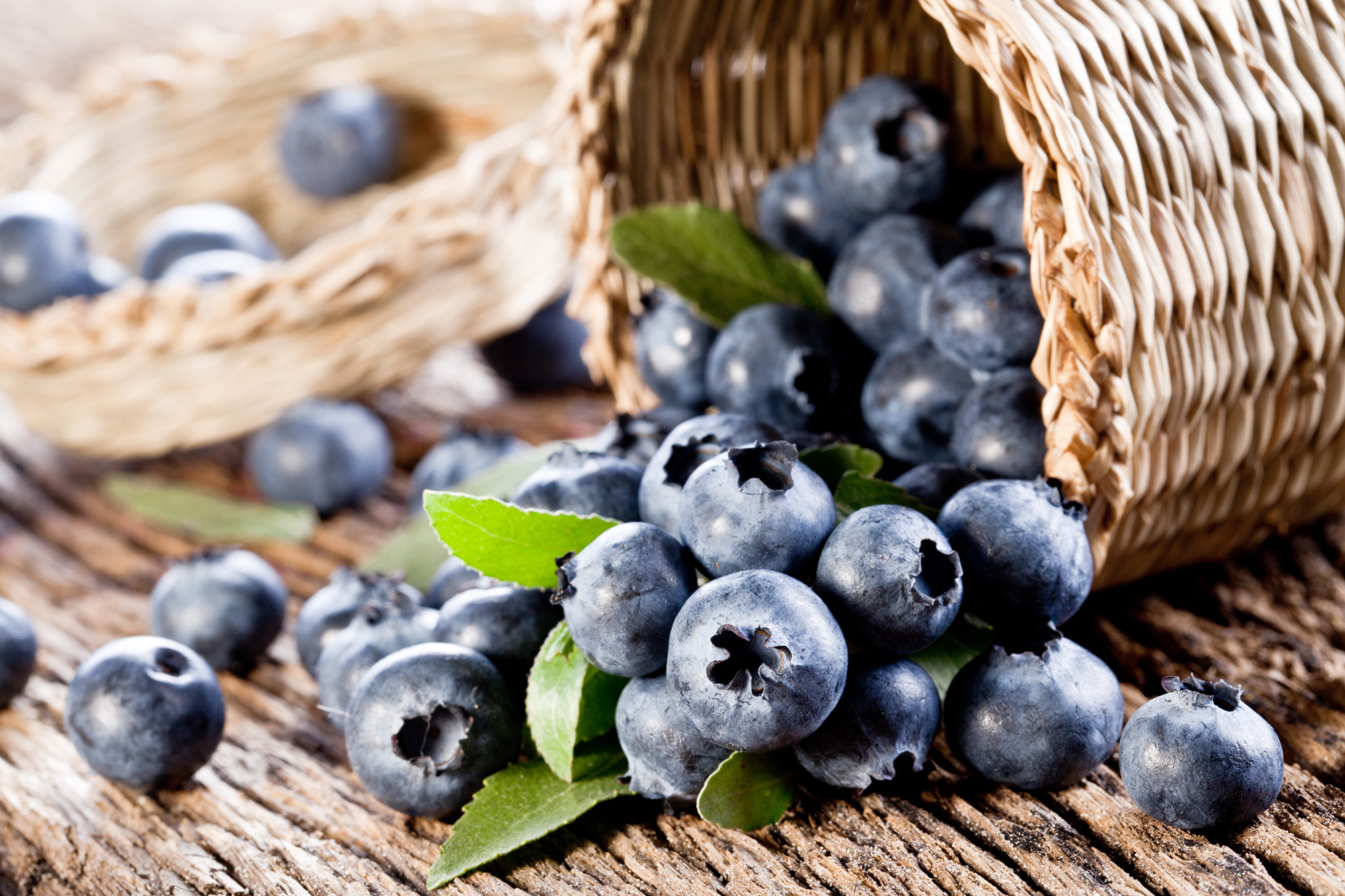Peruvian blueberry exports would grow 30% in the 2022-2023 campaign
In recent years, the growth of Peruvian blueberry exports has been exponential and continues to highlight its presence as the leading exporter globally.
Peru has experienced a 16-fold growth in the exported volume of blueberries in less than a decade, going from 17.386 tons in 2013 to 275.837 tons exported in 2022.
In this sense, the Scotiabank Economic Studies Department estimated that for the 2022/23 campaign, exports would reach 285 thousand tons, an increase of about 30% compared to the 2021/22 campaign (216.842 tons).
“This estimate assumes the higher production that has been driven by the orientation towards finding new, more productive varieties and the larger harvested areas -partly due to the conversion of less profitable crops towards blueberries-. It should be noted that the berry enters production from the second year until it reaches maturity from the eighth or ninth year,” the bank indicated.
Average price
Meanwhile, the average export price registered a drop to USD 5.73 per Kg (-6.8%) in the 2021/22 campaign. For the 2022/23 campaign, which is about to end, the price would fall below the world average (USD 5.61 per Kg in 2021) and would be around USD 4.90 per Kg, basically due to the higher Peruvian volumes for export .
According to the statistics of Adex Data Trade, the average price was above USD 5.0 per kg in the months with the lowest exports (January-August) and fell below said level in the export window (September-December).
In Peru, the conventional blueberry and, lately, organic blueberries have been promoted – it consists of being more aware of the environment and implementing organic production strategies. In the previous campaign, the production of organic blueberries represented around 13% of the total production, according to statistics from Pro-blueberries.
Therefore, the exported value of blueberries would reach close to USD 1.400 million, 12% more than in the 2021/22 campaign (US$1.242 million).
In 2016, Peru had 13 varieties. Until 2020, there were 46 and by the end of 2022 the number of varieties rose to more than 60, according to Proarándanos.
In the country, the industry is still young and the validation of new varieties takes time since they have to prove their adaptation to the climate, the conditions of the valley, attributes valued by other countries (such as China to resist long trips), among others. . In 2016, the main variety was Biloxi, covering 60% of the cultivated areas; by 2022, the Biloxi crop dropped to 25% and, currently, the Ventura variety leads with 32% of planted areas. The appearance of new varieties allows a greater price range.
Production
With regards to berry production, during 2022 it reached a record of 292.584 MT, 28% more than in 2021 (228.160 MT), according to figures from the Ministry of Agriculture and Irrigation (Midagri).
Production has been increasing rapidly, growing at double-digit figures in recent years. At the national level, the area harvested for blueberries amounted to 16.041 hectares (ha) in 2021, showing an increase of 71% compared to the 9.110 ha in 2020, according to estimates collected by the FAO.
According to Fresh fruit, in 2022 1.600 new hectares would have been added. Of the 16.000 hectares of the previous campaign, 70% are located in the Lambayeque and La Libertad regions; while in Lima, Ica and Piura they concentrate 20% of the production.
Destinations
Peru became the the world’s leading blueberry exporting countrys fresh in 2019, with an exported value of US$ 810 million and reached a new record of US$ 1,392 million in 2022, higher by 17.4% compared to 2021 (US$ 1,186 million), according to figures from Adex Data Trade. This positive evolution was basically based on the increase in the volume exported.
The main trading window for blueberry exports Peruvians to the US is between October and December. Peru basically competes with Canada -the main supplier to the US- in the months of October and November, and with Chile between December and January, according to Midagri.
There is almost no competition with Mexico, because when this country is beginning its exports, Peru is finishing its campaign.
The main export destination is the US, representing 53% of total exports, followed by the Netherlands (23%), Hong Kong (9%), the United Kingdom (6%) and China (6%).
Blueberry shipments go through three transport routes: sea, air and road. Most of the blueberry production is sent by air with 99% of the total, while the remaining 1% goes by the two remaining modalities.
22/02/2023





